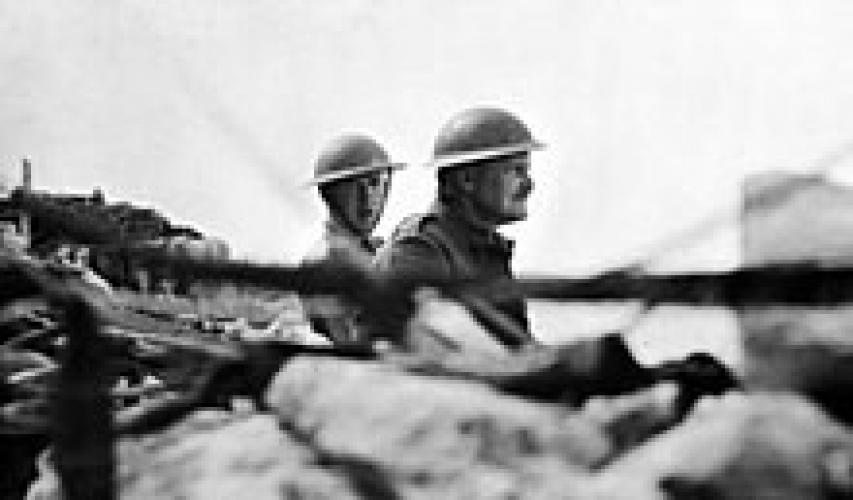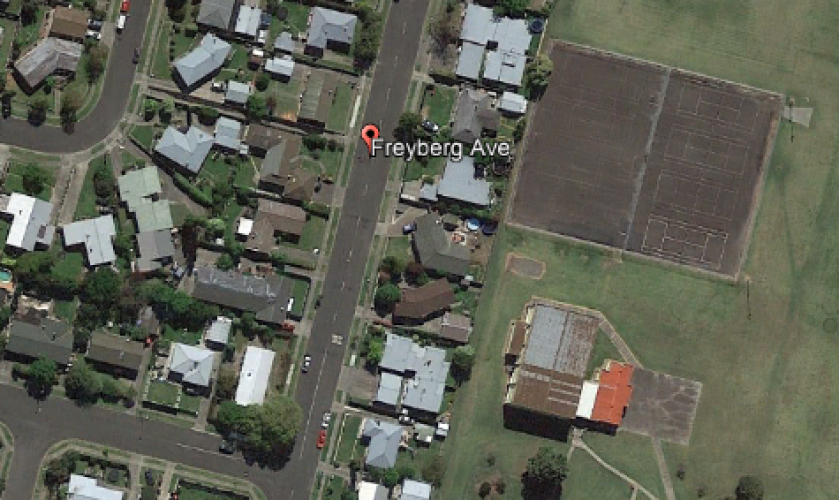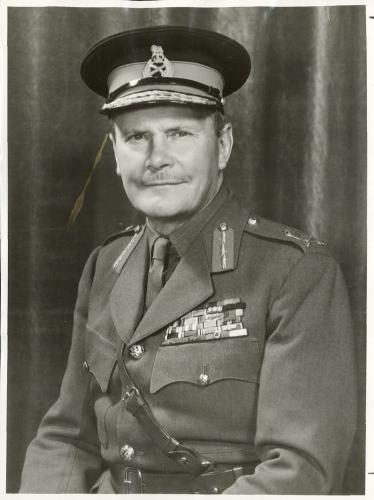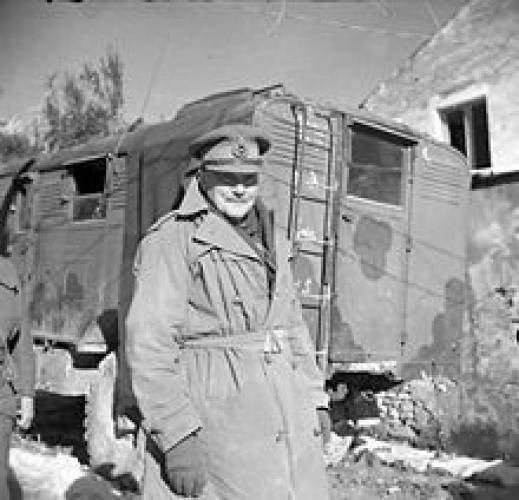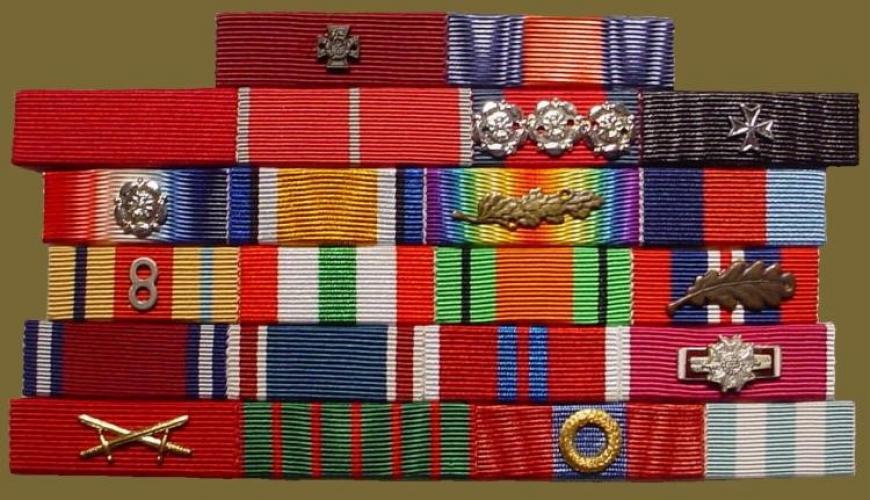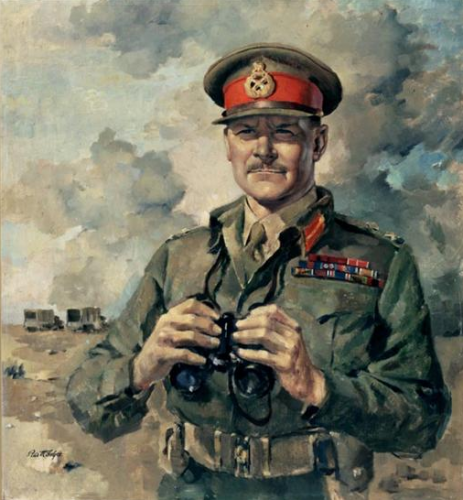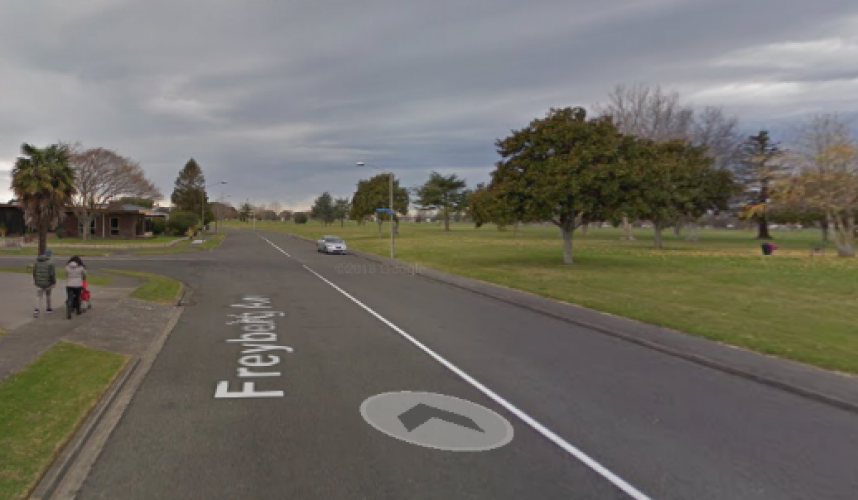221 Freyberg Avenue Napier, street scene 2018
Reason for the name
This Tamatea Napier Street was named in honour of Sir Bernard Cyril Freyberg, born March 21, 1889 in Richmond, Surrey, England. He was the General Officer Commanding of New Zealand forces in World War II and Governor-General of New Zealand from 1946 to 1952.
Lieutenant General Bernard Cyril Freyberg, 1st Baron Freyberg, VC, GCMG, KCB, KBE, DSO & Three Bars was a British-born soldier and Victoria Cross recipient, who served as the 7th Governor-General of New Zealand from 1946 to 1952. Freyberg served as an officer in the British Army during the First World War. He took part in the beach landings during the Gallipoli Campaign and was the youngest general in the British Army during the First World War,[10] later serving on the Western Front, where he was decorated with the Victoria Cross and three Distinguished Service Orders, making him one of the most highly decorated British Empire soldiers of the First World War. He liked to be in the thick of the action—Winston Churchill called him "the Salamander" due to his ability to pass through fire unharmed.
During the Second World War, he commanded the New Zealand Expeditionary Force in the Battle of Crete, the North African Campaign and the Italian Campaign. Freyberg was involved in the Allied defeat in the Battle of Greece, defeated again as the Allied commander in the Battle of Crete and performed successfully in the North African Campaign commanding the 2nd New Zealand Division, including during the Second Battle of El Alamein.
In Italy, he was defeated again at the Second Battle of Cassino as a corps commander but later relieved Padua and Venice and was one of the first to enter Trieste, where he confronted Josip Broz Tito's Partisans. By the end of the Second World War, Freyberg had spent ten and a half years fighting the Germans.
Author: The Poppy Places Trust
In 1891 Freyberg immigrated with his parents to New Zealand and was educated at Wellington College. He soldiered in the New Zealand Territorial Army from 1911–12, and later secured a commission in the newly formed Royal Naval Division’s Hood Battalion. He was gazetted as a temporary lieutenant in the Royal Naval Volunteer Reserve, and given command of a company. Relishing the opportunity presented by the war (‘I am in this with all my heart’), he took part in the brief, unsuccessful attempt to defend Antwerp in October 1914. Early in the Gallipoli campaign in 1915 he won a Distinguished Service Order for swimming ashore and setting diversionary flares at Bulair (Bolayir). He was wounded at Helles, returning to Gallipoli in June to become commander of the Hood Battalion. He was badly wounded again in July, and eventually left the peninsula when the division was evacuated in January 1916.
Transferring to the British Army, Freyberg was posted to the Queen’s Royal West Surrey Regiment, but remained seconded to the Royal Naval Division, with which he proceeded to France in May 1916. During the final stages of the first battle of the Somme, he distinguished himself in the capture of Beaucourt Village where he was awarded a Victoria Cross. He was again wounded in this action and evacuated to Britain. Returning to the front in February 1917, he was two months later appointed to command a territorial brigade in the 58th Division – reputedly becoming the youngest general in the British Army. In September a shell exploding at his feet inflicted the worst of his many wounds. When he resumed duty in January 1918 he again commanded a brigade (in 29th Division), performing with distinction during the German offensive of March–April 1918. He won a bar to his DSO in September that year. Freyberg ended the war by leading a squadron to seize a bridge at Lessines, which was achieved one minute before the armistice came into effect and which earned him another DSO. He had been made a Commander of the Order of St Michael and St George (CMG) in 1917, and was mentioned in dispatches no fewer than five times during the war. Three of his brothers had also served in the war and two died: Oscar at Gallipoli in 1915 and Paul in France in 1917.
Between the wars he held senior staff appointments and a command in England before being forced to retire because of a heart murmur in 1935. When war broke out in 1939 he took up a reserve appointment as General Officer Commanding, New Zealand Expeditionary Force, eventually commanding the Allied forces during the battle for control of Crete in 1941. In fighting near Minqār Qaʿīm, in Egypt, in June 1942, Freyberg was wounded, but he recovered in time to lead the breakout at the Second Battle of El Alamein.
An extremely competent commander, Freyberg later fought in North Africa and in Italy under generals Montgomery, Alexander, and the American Mark Clark. In 1942 he received a knighthood. Freyberg in 1946 became governor-general of New Zealand, an appointment he held for six years. In 1951 he was made a baron.
Honours and Awards
Sir Bernard Freyberg stands out as one of the most decorated officers of the First World War, most conspicuously earning a Victoria Cross and three Distinguished Service Orders while serving in the Gallipoli Campaign and Western Front.
- Victoria Cross (VC)
- Knight Grand Cross of the Most Distinguished Order of St Michael and St George (GCMG)
- Knight Commander of the Most Honourable Order of the Bath (KCB)
- Knight Commander of the Most Excellent Order of the British Empire (KBE)
- Companion of the Distinguished Service Order and 3 bars (DSO***)
- Knight of Justice of the Order of St John (KStJ)
- 1914 Star (5th Aug-22nd Nov 1914 clasp)
- British War Medal (1914-1920)
- Victory Medal
- 1939-1945 Star
- Africa Star (8th Army clasp)
- Italy Star
- Defence Medal
- War Medal 1939-1945
- New Zealand War Service
- Mentioned in Despatches x 7
- Coronation Medal 1953
- Cross of Valour (Greece)
- Military Cross (Greece)
- Legion of Merit: Degree of Commander (USA)


